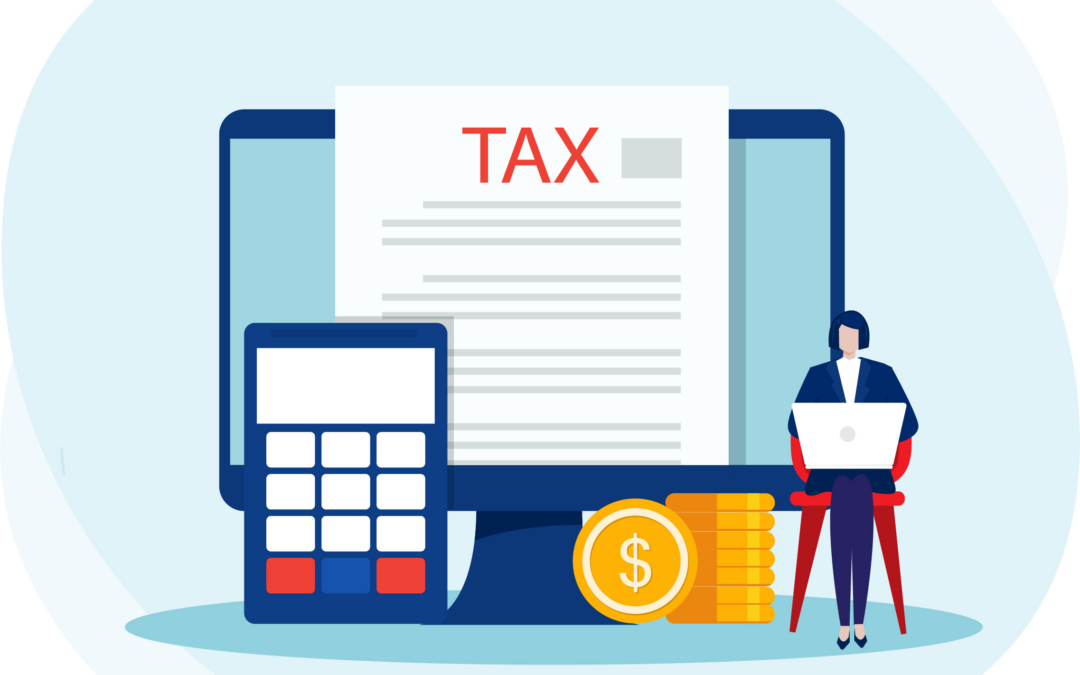Tax Mistakes to Avoid
You can save a lot of money by paying overdue taxes and filing your tax return on time. Your 2023 tax return must be submitted by April 15, 2024. You may, however, apply for an extension to move the deadline to October if you cannot submit by that date.
Remember that this does not extend the period you have to make payments; rather, it is merely an extension for you to file your tax return. Even if an extension was requested, penalties and interest will still accrue until the amount owed is paid if you cannot pay your taxes by April 15.
1. Be cautious about submitting everything too early.
You don’t want to submit your paperwork too late, nor do you want to file it too early. If you submit your taxes too early, you risk not having crucial tax documentation to guarantee your return is done correctly. It is advised to only submit something once you have collected all the appropriate documentation.
2. Using the Incorrect Social Security number
The IRS uses SSN to cross-reference information received from you with information obtained from your employer, bank, or other sources. Transposing a digit in your Social Security number causes an error, and the IRS may reject your return. So, make sure to include each Social Security number on your tax return precisely as it appears on your Social Security card.
3. Remember to Sign and Date
It may seem like a little issue, but failing to sign and date your tax return might result in your filing being rejected. Make sure to sign your return where necessary and mention the date. If you’re filing jointly with your husband, you must both sign.
4. Selecting the wrong tax-filing status
Selecting a tax filing status may appear simple, but if you choose the incorrect one, it can significantly impact your entire return. That’s because your filing status affects various factors, including how much of a standard deduction you receive (if you don’t itemize) and the types of tax credits and deductions you are able to claim. If you’re filing with tax software or a tax professional, deciding which status to use should be simple; nevertheless, if you need a refresher, it’s worth understanding what a tax filing status is and how to select the correct one.
5. Forget To Report All Income
Some taxpayers fail to submit their entire income. This includes earnings from freelance employment, side gigs, rental properties, and capital gains. The IRS obtains copies of your income records, such as W-2s and 1099s, so ensure that your stated income matches what the IRS has on file.
6. Missing out on tax deductions
You may miss out on significant tax savings if you are unaware of your eligibility for certain tax deductions and credits. While the IRS will most certainly notice your missing W-2 income or if you listed someone as a dependent already claimed by someone else, they will only correct your return if you claim the Home Office Deduction or the Child and Dependent Care. That implies you could be leaving a lot of money on the table.
7. Forgetting to sign your return
Unsigned returns are not legitimate in the eyes of the IRS. If you did everything else right, including mailing in your payment, the IRS may not penalize you for not having the filing deadline because of a missing signature; but, you will need to respond with a signed copy to get things started again. Remember that anyone you pay to prepare your return must sign and supply their IRS preparer tax identification number. If you are filing jointly, both you and your spouse must sign.
8. You automatically take the standard deduction.
While itemizing involves more effort—as well as receipts and other proof—than relying on the standard deduction, taking the standard deduction automatically may result in a loss of money. Check to see which option provides the most write-off.
Still, it never hurts to do the math both ways. Most tax software automatically determines which way is most advantageous to you.
9. Mailing your return to the wrong address
If you submit a paper return, ensure it goes to the correct processing facility. Returns with payments are frequently routed differently than returns without payments. Here you may find out where your return should go. Or you can spare yourself the trouble and e-file.
If you made a mistake on your return, repair it quickly. Never ignore the IRS. To amend your tax return, obtain a Form 1040X, complete it to correct the error, and submit it to the IRS. If the revisions impact additional schedules or forms, you must attach them. And if the correction means you owe extra taxes, beware: the IRS will charge interest and penalties beginning with the original due date.


Recent Comments